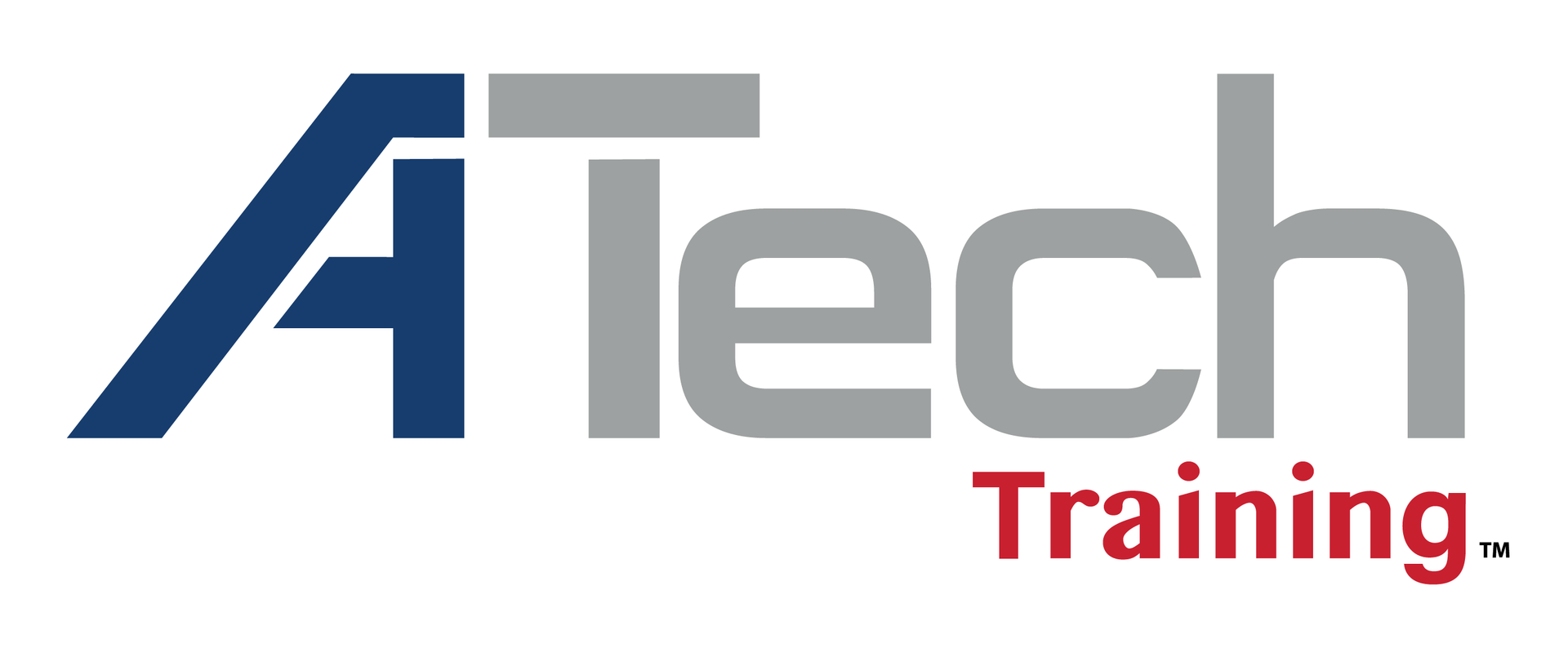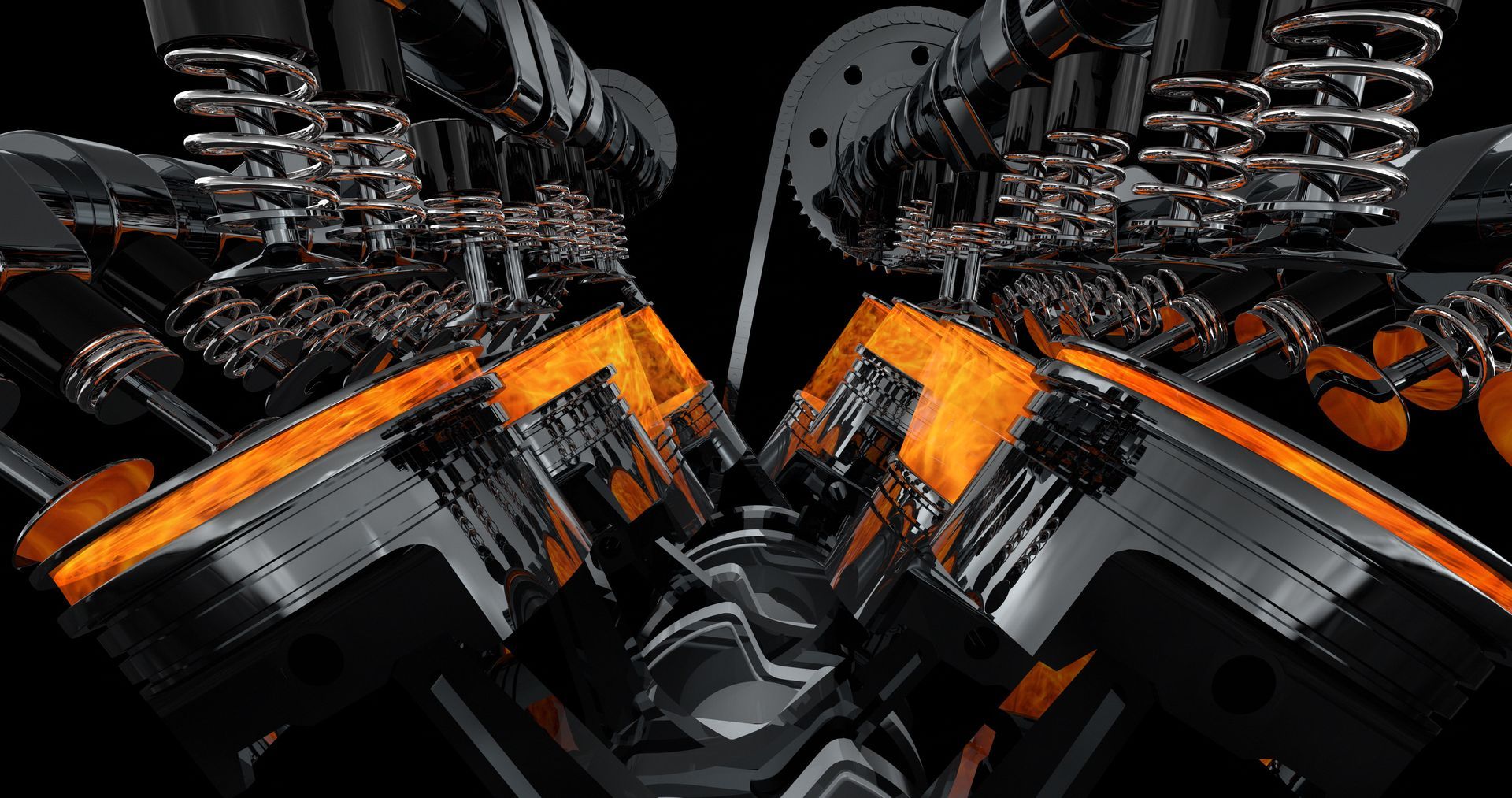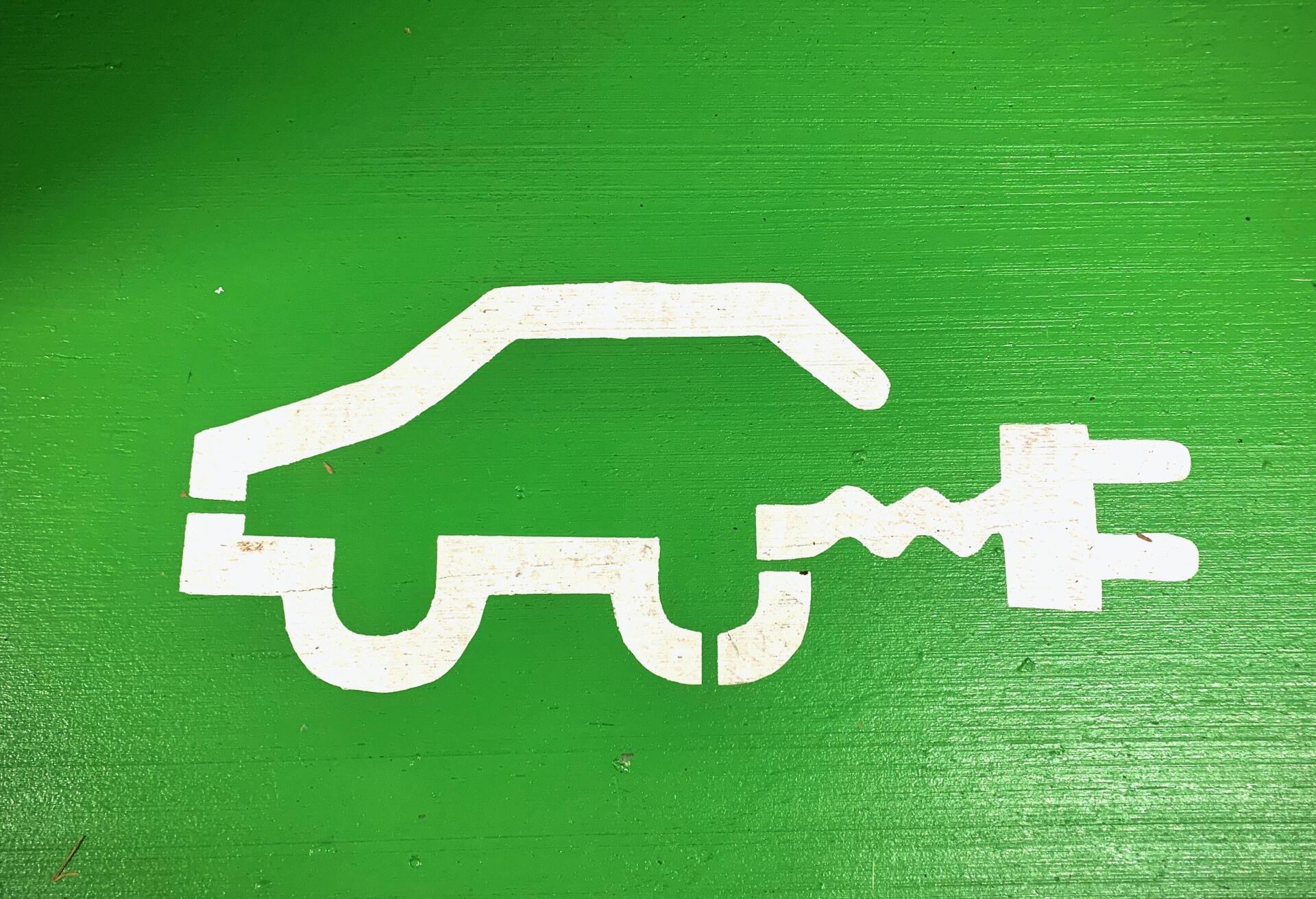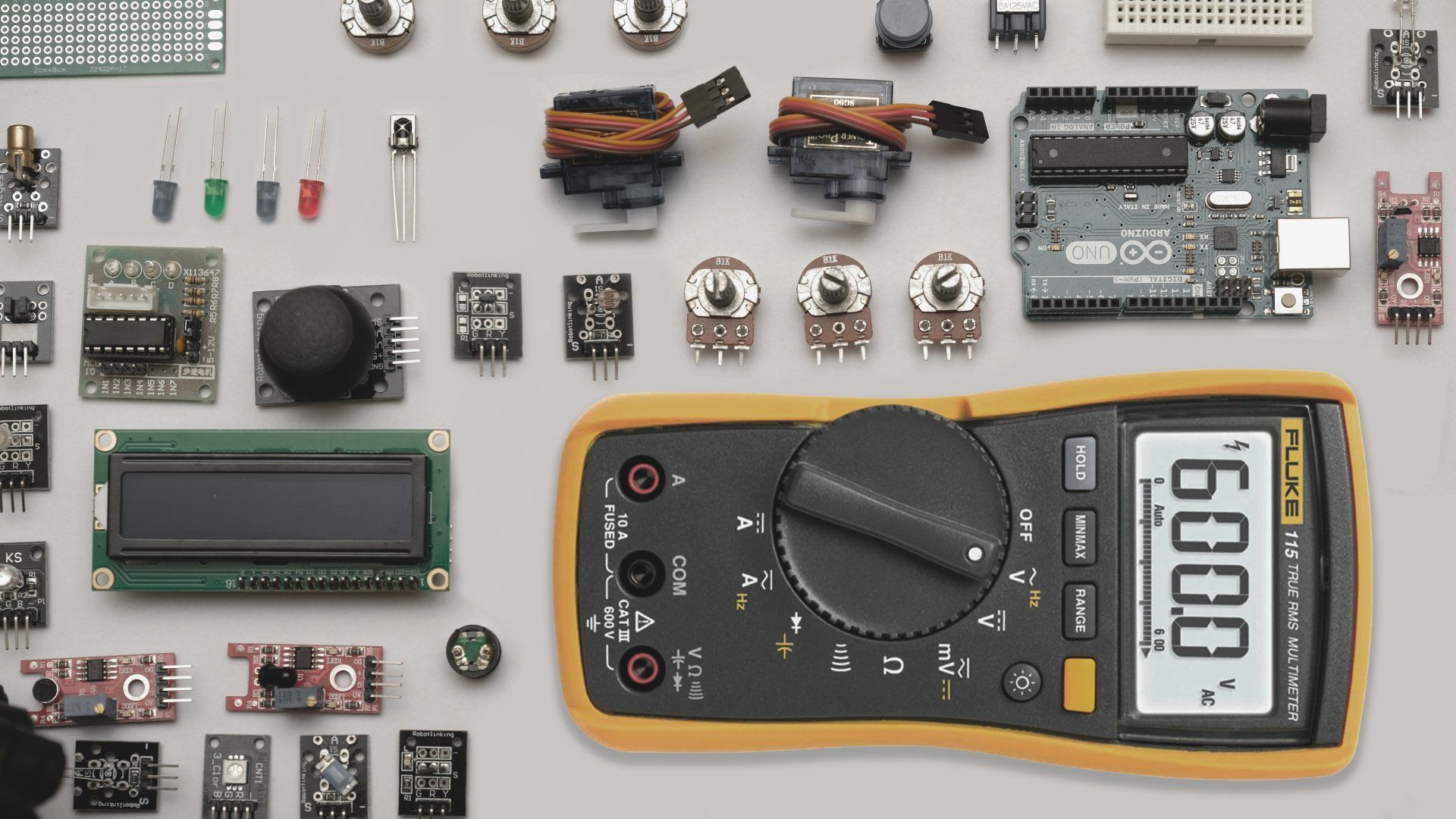Number one is the Mazda SkyActive-D. The name SkyActive has been around for a while, but the D designation is still new. This is a great little engine. It is appearing in the CX-5 and the Mazda 3 and 6. It’s a 2.2-liter turbo diesel with a lot of engineering chops, and it has the lowest compression ratio of any diesel on the market (14.1:1) while still generating a solid 173hp and 310 lb-ft of torque. This lower compression ratio lowered the temperatures in the piston at the top-dead-center which resulted in lower NoX and soot and a better mixture of air and fuel. The lower compression ratio also lowered the friction ratios and allowed lowering the structural weight of the engine. This increased but did not come without its drawbacks. During a cold start, the fuel-to-air mixture was not optimal and would cause misfires. To battle this, the engineers introduced a new ceramic glow plug that gets crazy hot crazy fast and a variable exhaust lift to help facilitate warm-up and provide efficient cold-temperature operation.
Engines of the Future are Already Here!
I have been dreaming about and studying engines and engine performance of cars, trucks, and motorcycles for the better part of 45 years. It’s a hobby. It keeps me busy on cold winter evenings. It’s something that has become a large part of my life and, like playing with dogs, is something I love to do. I have written about engines and the engineering that is involved in them for the last 15 years, and I have always been forward-thinking. When a new engine is being lauded by the manufacturers as the next big thing, I read all about it and report those findings here. In the past, I have written about every one of the engines in this article at one time or another, and each one was glowingly revealed by the engineers with the statement “We can expect these engines in our cars in the next few years”. Well, a few years have passed and now most of these engines ARE in our cars and trucks and should be reaching repair shops and dealerships now. We just haven’t heard that much about them because people, as a general rule, really don’t care that much about which engine is in their car if it gets good gas mileage, is reasonably reliable, and has a little umph to get on the highway. Well, that is not us. We care. We study it. It’s what we do and why you are where you are reading this article. Without further ado, let us look at the “Engines of the Future” that you can buy (and service) now.

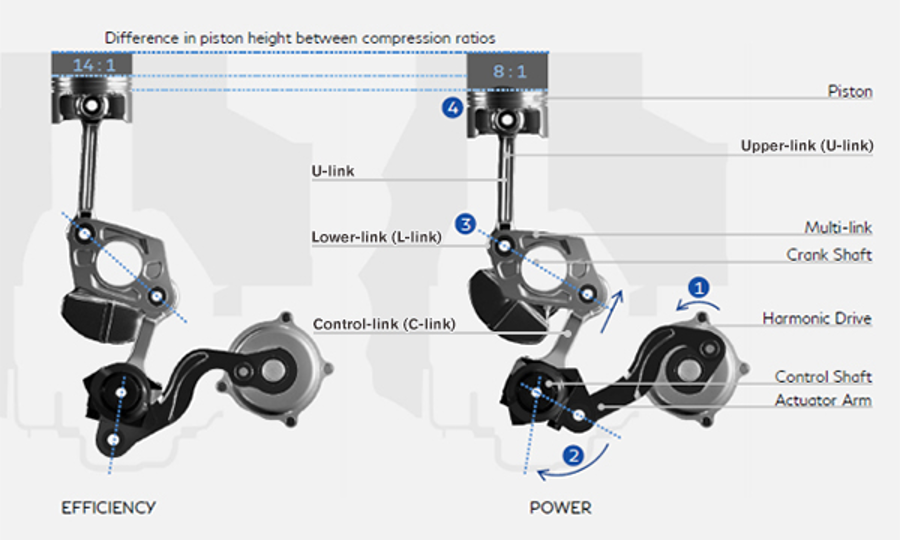
The next on the list is the SkyActive-X. I don’t know if this should be number 2 or 1.5 as it hasn’t been released in the US just yet but has been in the European market for a few years. This engine is a gasoline-burning compression ignition. The sheer amount of engineering that goes into Spark Controlled Compression Ignition is astounding. This technology is reported to increase torque by about 20% and fuel efficiency between 20% and 30%. This allows a European Mazda 3 to get around 50 miles per gallon. As I see it, it isn’t in the US market because it isn’t as powerful or cheap as other offerings from other manufacturers. That being said, Mazda is toying with the idea of releasing a larger engine version in the US.
Nissan has a new engine that really raised some eyebrows when it was in development. It is their new VC Turbo with the VC standing for variable compression. The VC Turbo utilizes an advanced multi-link system that can adjust the position of the top dead center of the piston on demand. As the piston’s position changes, so does the compression ratio. A high compression ratio gives greater efficiency, and a lower compression ratio boosts power and torque. They have introduced the new engine in two different sizes depending on the vehicle with the 1.5-liter going into the new Rogue as an option and the 2-liter going into the Altima. Each delivers 200 and 250 HP respectively. The engine is a true engineering feat, but performance and fuel efficiency gains are only between 10% and 20%. These are all baby steps for something in the future but still result in gains that will help meet their economic goals with engineering looking to the future with this engine.

Not to be outdone, Toyota introduced its Dynamic Force engine back in 2018. There are currently three basic engines in the lineup with I3s, I4s, and V6s ranging from 1.5 liter to 3.5 with a total of 17 different iterations. The design marvel of these is the fact that with a suite of small improvements, they ended up with an engine with a thermal efficiency of 40%. Older-style engines usually run at 30% or less, which means that 70% of combustion gets lost as heat. Toyota accomplished this by including a longer stroke, higher compression ratios, multi-hole fuel injectors, intelligent variable valve timing, and direct injection. That’s a lot of little stuff. The result: Used on the 2018 Camry, fuel economy is 29-mpg city and 41-mpg highway, a 26% improvement over the previous model year. The Dynamic Force series has slowly grown to 17 engines that will replace most other variants in the coming years (which was reported to be around 800 in 2019). The newest model to come out of engineering is a 2.4-liter turbocharged version of Lexus that was introduced in 2022.
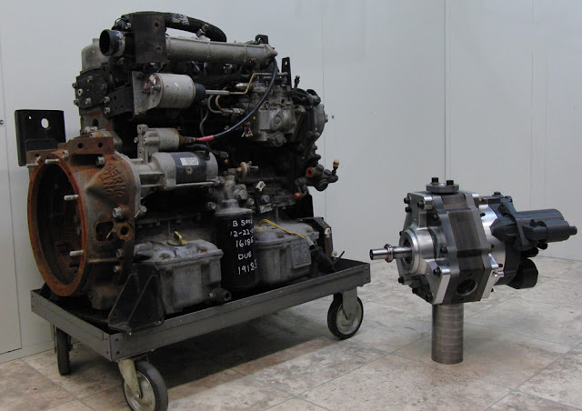
GM and Ford have updated their lineups, along with everyone else, with the introduction of the GM HO 2.7 and the Ford Eco boost series. Both of these engines offer fairly good results with cylinder deactivation and either variable valve lift or variable valve timing. As these engines are being used in large trucks, some people are not as impressed with performance or reliability as the two American manufacturers had hoped to accomplish.
This next engine isn’t an automotive power plant, but it is still a bit amazing. It is the rotary engine from Liquid Piston. It is a rotary, but it isn’t a Wankel. It is designed to be stackable and carries about 2HP per pound. It can run off almost any fuel that you can feed it and has proven to be extremely efficient. After receiving a DARPA contract a few years ago its development has been steered towards usage as a military power generator and an engine for military drones. What really sets this engine apart (other than being a Rotary) is the fact that it utilizes a High-Efficiency Hybrid Cycle. Liquid Piston describes this as “a completely new 4-stroke thermodynamic cycle that combines elements of the Otto Combustion Cycle, the Diesel High. Compression Ratio Cycle, the Atkinson Over Expansion Cycle, and the Rankine Internal Cooling with Air or Water Cycle. When you combine all these elements into a single entity, the engine almost seems magical. That being said, most won’t see this engine anytime soon unless you enlist in the military.
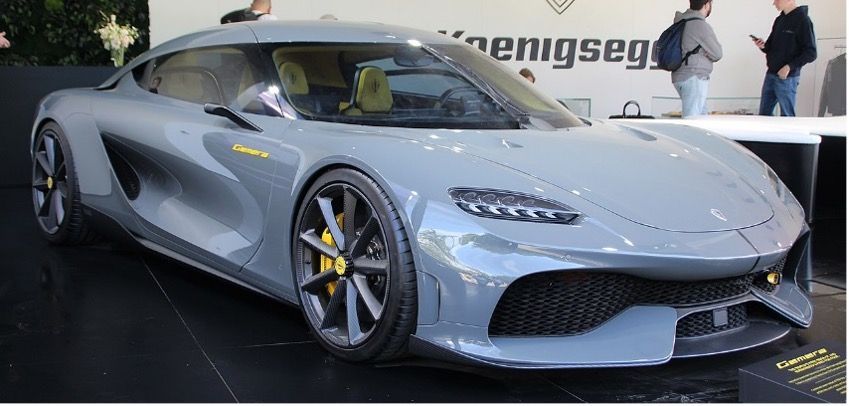
The last engine on the list is one that I had discussed about 5 years ago when it was still on the drawing board. It has finally made it into a vehicle. That true result of wizardry is the Koenigsegg camless engine called FreeValve. This little dynamo uses “pneumatic-hydraulic-electronic” actuators to displace the cam. This results in a precisely managed combustion in each of the cylinders independently thus eliminating the throttle body, cam drive, timing gear, wastegate, pre-catalytic converter, and direct injection system. The first result is an engine that produces extremely low emissions. The end result is a twin-turbo 2-liter 3-cylinder that not only weighs a mere 150 pounds but produces just shy of 600 horsepower. That combines with the three electric motors to produce a whopping 1700 hp. The Gemera will be coming off the assembly line in late 2023 with a price tag of 1.1 million dollars with only 300 being manufactured. Of course, they are all already spoken for, so I guess I will have to spend my money elsewhere.
This is all fascinating as it shows that the internal combustion engine is not dying but thriving. Of course, we are shifting to electrification slowly, but cars and trucks are still a long way from scorning the cylinder-driven engine.
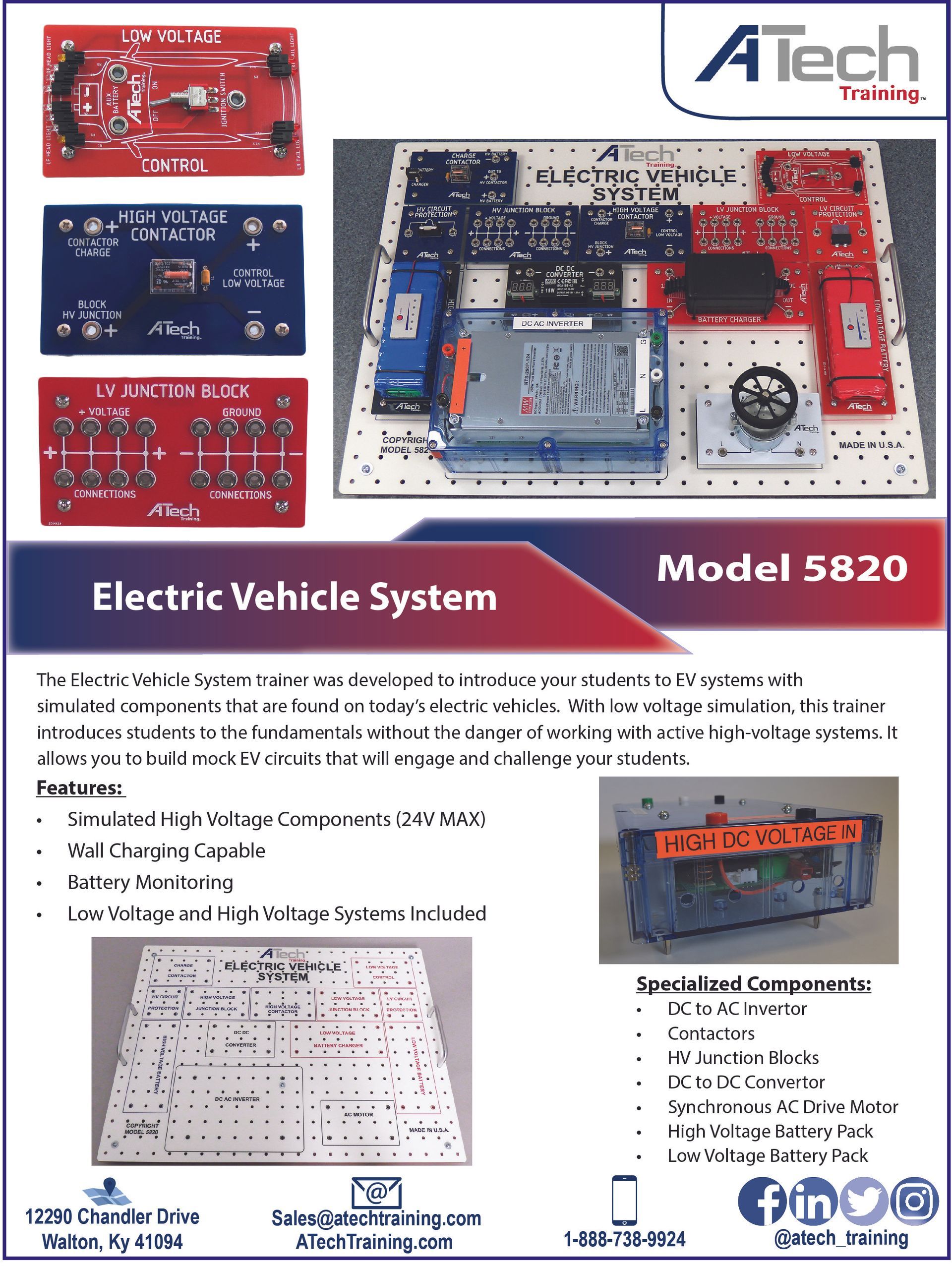
Teaching Essential EV Systems In Your Classroom
Check Out ATech Training's video on "Teaching Essential EV Systems In Your Classroom" featuring Models 5820 Electric Vehicle System and 610N Vehicle System Trainer. This video uses the Electric Vehicle System Trainer (Model 5820) and Vehicle System Trainer (Model 610N) to go over the basic essential instructors need for teaching EV Systems to your students. It also goes over different activities you can do with these trainers.
Upcoming Events
Trade Shows and Conferences
During the upcoming months ATech Training has multiple conferences and trade shows coming up!
02/01/2024 - 02/03/2024....................MACS 2024 Training Event & Trade Show: Rosen Centre Hotel, Orlando, FL
02/28/2024 - 03/03/2024....................Vision: Overland Park Convention Center, Leawood, KS
03/04/2024 - 03/07/2024....................TMC: Ernest N. Mortal Convention Center, New Orleans, LA
03/07/2024 - 03/09/2024....................RMATS: San Juan College, Farmington, NM
03/28/2024 - 03/29/2024....................Illinois State Conference: Buffalo Grove High School, Buffalo Grove, IL
In-House Training
April 2nd & 3rd, 2024
May 21st & 22nd, 2024
August 13th & 14th, 2024
December 10th & 11th, 2024
The start time each morning is 8:00 am and runs until about 4:30 pm.
The training is for two days (up to 16 hours). Training time will count towards ASEEF continuing education requirements. We will provide certificates of training to workshop attendees.
Whether you are new to, or already have, ATech equipment, the goal of this training is to help instructors explore ways to improve their understanding and use of ATech training aids and equipment in the classroom.
If you want to register for a workshop or need more information on local hotels, etc.
contact us or visit ATech Training’s website!
Attendees are responsible for travel and hotel accommodations.
Make sure you receive a confirmation email from ATech Training before scheduling travel
Virtual Training Workshop
February 14th, 2024
June 12th, 2024
October 9th, 2024
ATech Training is proud to offer our first-ever Virtual Training Workshop. Sam Houston, our in-house instructor, will explore the key concepts and principles that will enhance your integration of ATech Trainers into your education program.
This will be an open forum training opportunity and will allow for flexibility with your schedule and training needs. During registration, you can indicate which trainer you would like us to cover and your preferred time for participating. We will make every effort to make this a unique training experience. There will be plenty of opportunities for Q&A and discussion throughout the seminar. We encourage you to participate actively and to share your thoughts and ideas with your fellow attendees.
Upon completion, participants will receive a certificate of attendance which can be applied towards your ASEEF continuing education requirements.
If you want to register for a Virtual Training Workshop or need more information
contact us or visit ATech Training’s website!
We look forward to seeing you in our online training workshop!
ASE Webinar
February 20th, 2024: Keep The Current Flowing - Low Voltage Battery Trends and Service Updates
Current production vehicles rely on their low-voltage batteries to perform a wide range of functions. Older inspection and service procedures often do not address the needs of today’s battery management systems. Follow along with Jim Wilson as he provides an update on battery identification, inspection, service, and replacement. This discussion of current battery trends will allow you, and your technicians, to stay up to date with the ever-changing low-voltage battery.
March 19th, 2024: Input – Process – Output
Today’s technicians will be faced with internal combustion engines for many more years despite the continual increase in electrical vehicle production. ATech Training will provide details about essential engine control sensors, their operation, and detailed signal analysis. Follow along with Jim Wilson and help you and your technician sharpen their skills when analyzing engine performance issues related to sensor inputs and outputs.
For more information visit the ASE Website!
Quick Start Video Series
Take a look at ATech Training's new Quick Start video series. This series dives into basic information found in the operations manual for each trainer. Allowing students and instructors to follow along more easily when setting up trainers and performing activities.
Contact Us
If interested in any of our training or products, please contact us!
If you would like ATech Training to highlight your lab on social media or in our next newsletter contact us.

